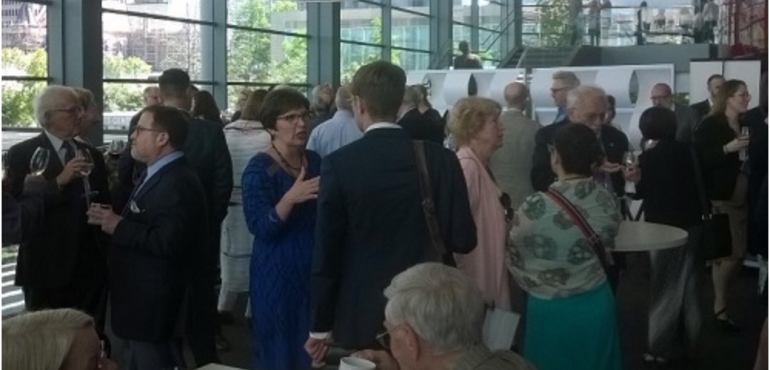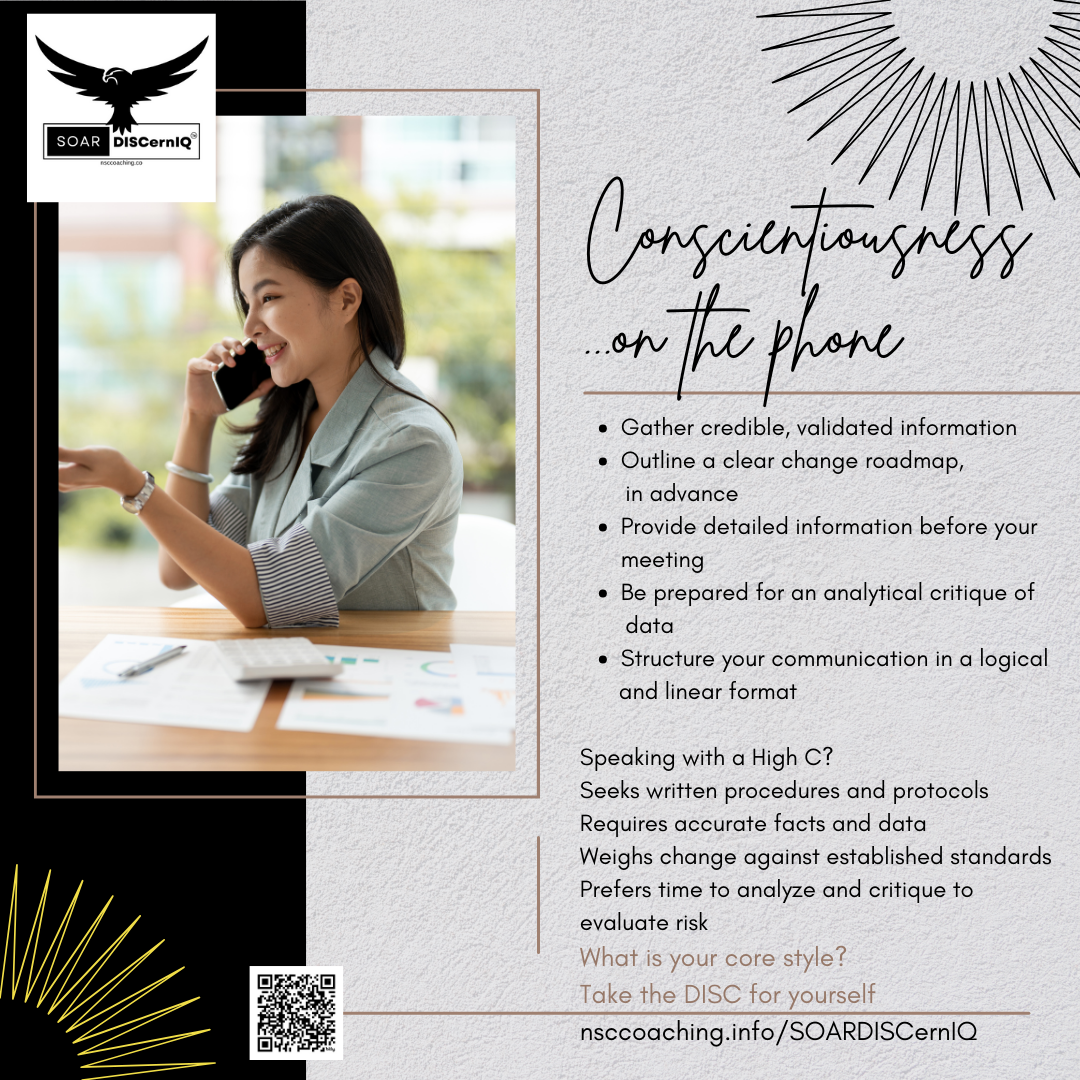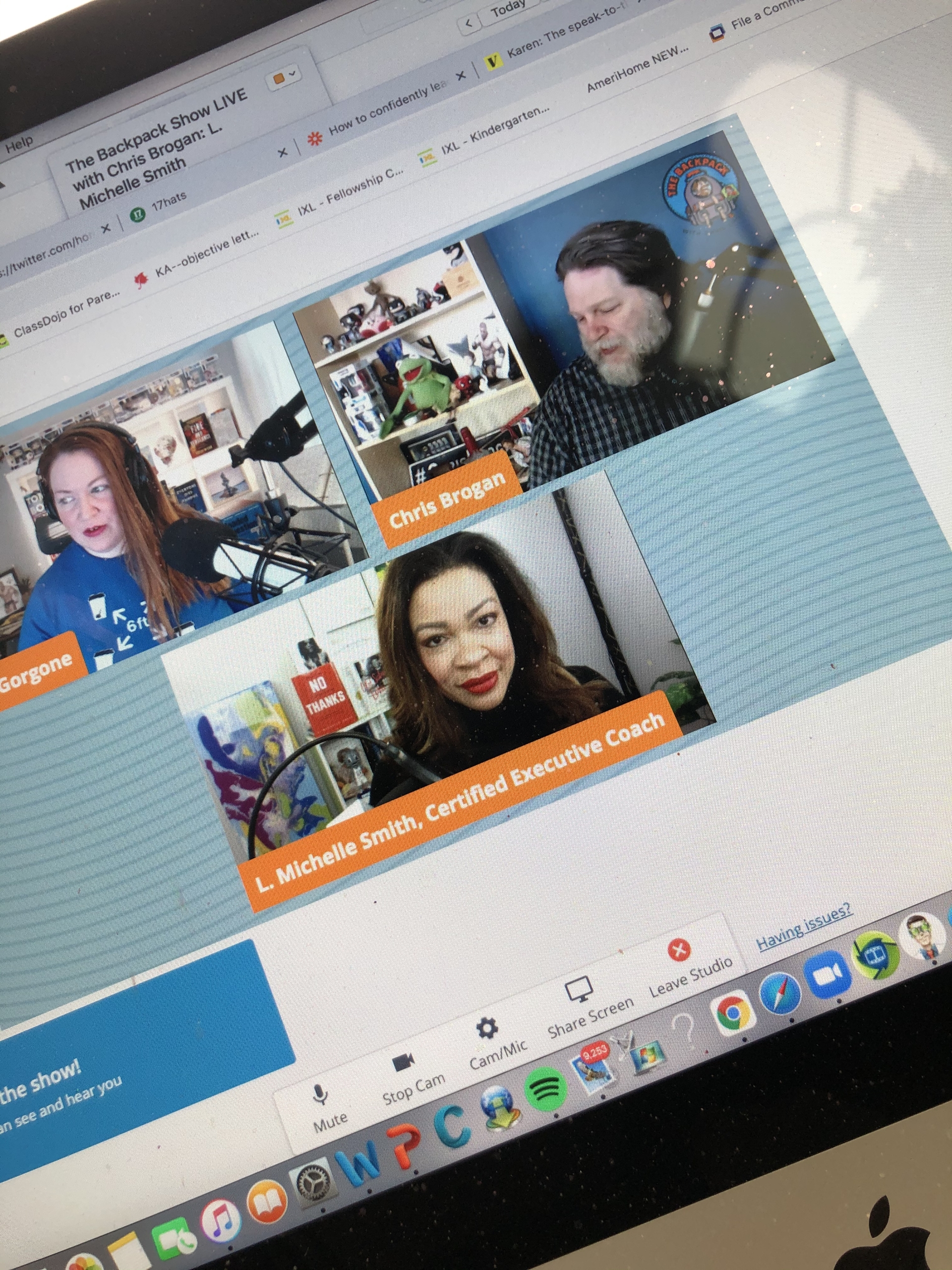Editorial: Opera’s Diversity Problem & How to Fix It
By Santosh Venkataraman, Operawire
I was lucky enough this past November that a friend of mine had an extra ticket for “Die Walküre” at Lyric Opera of Chicago. Now I had already seen it opening night and reviewed it for this site. Of course, the chance to again see Wagner at Lyric with top-notch performers like Christine Goerke and Eric Owens wasn’t something that I was going to pass up.
It was a gorgeous Saturday night and the opera house was glorious, as usual. My friend had excellent seats in the first balcony. As I customarily do, I cordially introduced myself to the person sitting next to me (on the other side of my friend). The response I got was something that was altogether familiar.
“Is this your first opera?”
Keep in mind that this night would mark the 17th difference performance I would see in a 55-day span (yes, I have kept count!). They took place in 11 different companies worldwide, including the Metropolitan Opera, Opera di Roma, Bayerische Staatsoper, Opernhaus Zürich and the Teatro Real de Madrid.
Yet here I was being asked if this was my first time at the opera. And there was no doubt in my mind why I was being asked this: because amidst a sea of white faces, here I was – an Indian-American man – settling down to enjoy an opera. It’s true, you don’t see many of us at Lyric or many other companies, unfortunately.
Was my assumption mistaken? It’s quite possible. And I’m an easy-going guy so it didn’t bother me at all. When I informed the white couple next to me of my operatic background, I definitely got a different response from them. Yet this episode reminded me about something from earlier in the year.
Diversity Issues Highlighted
I had the pleasure of attending the 2017 Opera Conference, the industry-wide event run by OPERA America that took place in May in Dallas. It was my first time seeing many of the most important people in the opera business all in one location and it was an absolutely first-class event.
What became a lasting memory for me was the “Creating Change: Equity, Diversity and Inclusion” panel.
I’ll paraphrase some of the key moments. One of the speakers was Keryl McCord, who boasts decades of arts administrative experience. She was asked by OPERA America president Marc Scorca about her experience with opera.
Said McCord: “I’ve tried, I’ve gone three times to an opera and I have to tell you that I’ve never felt more uncomfortable because I just didn’t see anyone in those spaces that really looked like me.”
Later among the speakers was L. Michelle Smith, a Director of Public Relations for AT&T. Scorca asked her what opera looked like to someone who was “outside the world of opera.”
Said Smith: “Well I’m not that far outside the world of opera. I’m a classically trained mezzo-soprano.”
The crowd roared until Smith revealed that she was well versed about Leontyne Price and Kathleen Battle yet had only been to only one opera and that her feelings were not dissimilar to McCord’s. Smith said that her lack of comfort “wasn’t so much what was on the stage, it was more so the surroundings and the other people.”
Did these moments resonate in a room full of opera professionals comprising mostly of white faces? The message was crystal clear from these two black women, both top professionals in their field with one actually trained as a classical vocalist: the opera house was no place for them.
Going Beyond the Stage
Obviously, there is a level of diversity as far as who is on stage. Performers from all over the globe have developed into world-class singers with countless black Americans ascending to the highest level. Bass-baritone Ryan Speedo Green was prominently displayed as part of the conference’s closing session as he discussed his journey from a trailer park in Virginia to the world’s grandest stages. Green was in high school when he saw a Metropolitan Opera performance of “Carmen” with Denyce Graves that motivated him to become a singer.
Yet the words of Smith and McCord made it evident that to inspire new customers and new audiences isn’t merely about the talent. It is the ambiance and atmosphere of the opera-going experience that has not spoken to minorities, and it isn’t hard to see why.
After this panel, I spoke to one conference attendee – a black woman – about how I felt more at ease in European opera houses compared to ones in the United States; she echoed that experience.
Even for a seasoned operagoer like myself, it can be more comfortable abroad going to the opera than here in the States. I have wonderful memories meeting people at performances I saw this past fall in Germany. And my language skills aren’t that superb; Ich spreche nur ein bisschen Deutsch!
Interestingly enough during that weekend in Dallas, I caught up with an old college friend of mine. I attended the historically black Howard University in Washington, D.C. and my friend, who knows nothing about opera, is black.
I related the story of these two women in this panel and shared how my opera experiences in Europe were different compared to here. He asked me why this was. I said that I wasn’t completely sure but that when I attend an opera abroad even when the audience is close to 100 percent white, it’s as if people assume I am there to see the performance. Over here, there’s more of a curiosity of why I am in the house.
Putting it more bluntly, I said that in Europe, “It’s like if you walk into a McDonald’s, people see you and assume you are there for the Big Mac. That’s what it’s like.”
We laughed about that yet there’s plenty of truth to it and I think I have some idea why. Opera will always have a bit of an odd place in the United States cultural landscape because it did not originate here. At the same time, the bigger problem is that opera has symbolized elitism; that alone is a deterrent for anyone. One friend of mine – who is German – tells me that going to the opera house is one of the most intimidating experiences a person can have.
Now when you add in that such elitism can be equated to whiteness, there’s no question why minorities have a difficult time going if they sense there is any possibility of being treated as second class. Nobody wants to willingly put themselves in such a situation. I recently took a friend of mine who is Chinese to her first opera and she looked around in fascination and said to me – half-joking and half-serious – “We don’t really belong here.”
Do Minorities = Talent?
There was something else I noticed in my stay in Dallas, where numerous composers, librettists, and other creative types were in attendance. I was asked a few times whether I was one of them; the implication was surely I was some sort of music savant to be present. Not once did anyone think I worked for an opera company.
To be fair, that assumption would be correct in surveying the vast majority of conference attendees. Yet if companies are serious about growing their audience, it is only logical that they should actively seek a diverse blend of employees. The aforementioned panel included Kevin Moriarty, the artistic director of the Dallas Theater Center. He said that his company invokes a hiring initiative in which diversity and equity were part of employees’ annual reviews. That represents a commitment to the issue.
Everyone realizes that budget cuts to arts education are a major factor regarding exposure to opera. Companies should also realize that minorities won’t have similar backgrounds to white candidates because it likely wasn’t a part of their cultural upbringing.
Many people working in opera and classical music were introduced to it during childhood through parents and relatives, and that simply won’t be the case for many black Americans and Americans from other ethnic backgrounds. I got involved with opera after attending a chance performance in Vienna; I don’t believe it would have happened for me in the United States. The industry here needs to think outside the box to find candidates if it truly believes that anyone can enjoy and love this art form.
I think that it is possible to create a new and diverse legion of opera lovers here in the United States although it cannot be done without work. Many domestic companies do a terrific job with intelligent initiatives to lure newcomers and audience members who would not traditionally go.
It was shown in materials distributed in Dallas that Minnesota Opera had success attracting first-time operagoers through a promotion with popular radio host and opera fan Ian Punnett because he came across as a “regular guy” to those intimidated by attending. Opera Theatre of St. Louis has drawn crowds with substantial non-white audiences for recent new works such as “Champion” and “Shalimar the Clown.” Opera Philadelphia has a wonderful program in which groups of children watch the final dress rehearsals alongside company’s donors.
Opera may never reach mainstream levels of recognition in the United States, but there is an opportunity to move forward and grow and evolve. That requires listening to those who shun it and understanding what they are really saying.
Originally appeared on Operawire.




![[Inside Podcasting] Lists The Culture Soup Among the “Anything But Boring” Business Podcasts](https://www.lmichellesmith.com/wp-content/uploads/2018/10/0FDBD0AA-AAAD-4871-9EA8-F9065C179139.jpeg)




